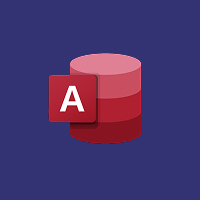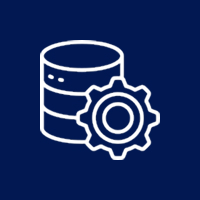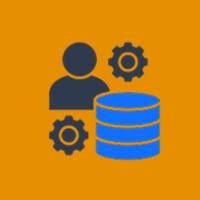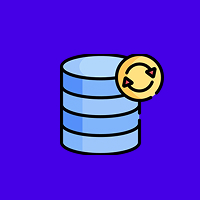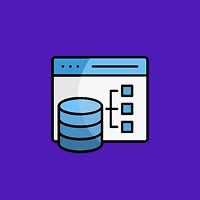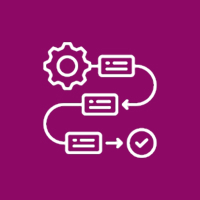Creating web applications that are scalable requires not just writing efficient code but also using resources intelligently. One of the best ways to improve performance and scalability is caching, which stores frequently-read data temporarily so that subsequent requests can be served quicker. ASP.NET Core has a flexible and powerful caching framework that will help to address database usage, latency, and consistent performance even during heavy traffic.
1. What is Caching in ASP.NET Core
Caching can enhance your application performance significantly, as it lets you store data that would otherwise need to be fetched or computed on every request. ASP.NET Core allows you to cache data at different levels, allowing you to make your application adaptable to different types of applications from small sites to enterprise applications.
Key benefits of caching are as follows:
- Reduced response time: If a request is frequently made, it will be read from cache rather than a database or API call.
- Increased scalability: By reducing backend load, the application will be able to support more simultaneous users.
- Reduced operational costs: Less usage of the database means less infrastructure cost.
- User experience improvement: Due to faster response times on requests, the user interaction will be less prone to frustration and will result in a lower bounce rate.
ASP.NET Core supports various caching solutions with unique use cases, including: in-memory caching, distributed caching, and response caching.
2. In-Memory Caching
In-memory caching is the easiest and fastest way to implement caching in ASP.NET Core. This type of caching stores data directly in the memory of the server, resulting in fast data access. It is a great option for small to medium applications that run on a single server.
In-memory caching is best used for data that is rarely changed—configuration values, user preference data, and reference data. When the cache is in-memory, data will be lost on application restart. In-memory caching is also not a great solution when load-balanced using more than one server, since each server will have an independent cache.
3. Distributed Caching
For applications that require high availability, fault tolerance, or run in a load-balanced or cloud environment, distributed caching is a better solution. In distributed caching, cached data is stored in an external system, such as Redis, SQL Server, or NCache. Each application server can then share the same cache.
With distributed caching, the data is consistent across all instances of an application. It also supports persistence—data is not lost on server restart. This solution is ideal for large web applications, e-commerce platforms, or cloud-native applications where scalability and resiliency are important considerations.
4. Response Caching
Response caching focuses on caching the output of HTTP responses, not the underlying data. This is beneficial for static or semi-static content such as product pages, blog posts, or documentation pages that rarely change.
By caching an entire HTTP response, the server does not need to regenerate the same HTTP response for each request, which can help reduce CPU usage and improve load times. This can also be used with CDNs (Content Delivery Networks) for even faster worldwide delivery.
5. Cache Expiration and Eviction Policies
With respect to cache, a balance needs to be considered between performance and accurate data. ASP.NET Core provides the following policies to assist in the management of cache expiration and eviction:
- Absolute Expiration: Cached data is valid for a specified time only and expires after that time.
- Sliding Expiration: The expiration timer restarts when data is accessed, which keeps frequently used data in memory longer.
- Manual Eviction: Cached data can be removed when the information changes, ensuring that users are still accessing the correct or most up-to-date version.
Selecting the appropriate expiration policy will assist in freshness of data and system performance optimization.
6. Cache Tagging and Dependency Management
Some cached data in a complex application may have dependencies on other cached data. For example, a list of products may depend on changes in categories. ASP.NET Core provides a dependency-based invalidation mechanism for effectively managing these relationships.
By tagging or using dependency tokens to group related cache entries, you can update all dependent cached objects automatically when any object in the dependency changes. This avoids serving stale data and improves data consistency.
7. Caching Best Practices in ASP.NET Core
When implementing caching, it is critical to have a plan and observe best practices. Here are some things to consider:
- Cache deliberately: Not all data should be cached. Aim for caching data that is frequently requested, static, or expensive to retrieve.
- Use distributed caching for scale: If you are in a multi-server setup or already in the cloud, consider a distributed caching solution for consistent availability and performance.
- Think ahead about cache invalidation: Serving stale data, even in the short term, can be damaging, so ensure to consider individual expiration and use dependency management.
- Secure your sensitive information: If you are caching personally identifiable information or any other confidential information, make sure you encrypt it and control access.
- Monitor cache performance: Employ tools such as Application Insights, Redis Monitor, or Prometheus, and monitor your cache hit ratio to help improve a cache’s performance and settings.
8. Situations to Avoid Caching
Caching is valuable, but it’s not always the appropriate choice to make. Do not cache when;
- Your data updates too frequently for the overhead of caching to be worth it.
- The data is user-specific data or data that is confidential (e.g. payment info, authentication tokens).
- The system does not have enough memory or storage resources.
- The accuracy of real-time data is more important than data speed.
In these situations, consider using database indexing, optimizing queries, pre-generating content, or altering the design of your product.
Conclusion
Caching is a crucial component of modern performance and scalability for web applications. ASP.NET Core provides several options to implement caching—each designed for different use cases; from simple, single-instance memory caching to enterprise-level, distributed caching.
If you correctly implement and utilize caching, you will successfully reduce server workloads, reduce response times, and create web applications that respond well and perform with reliability, even in high traffic situations. However, implementing success involves careful planning, continuing monitoring, and achieving a sweet spot between speed and data freshness.
A proper caching scheme will not only make your ASP.NET Core app faster, it will make your ASP.NET Core app smarter and more resilient—and prepare it to scale with your business.
Contact Us Today













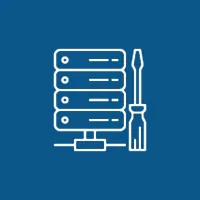 Database Development
Database Development




